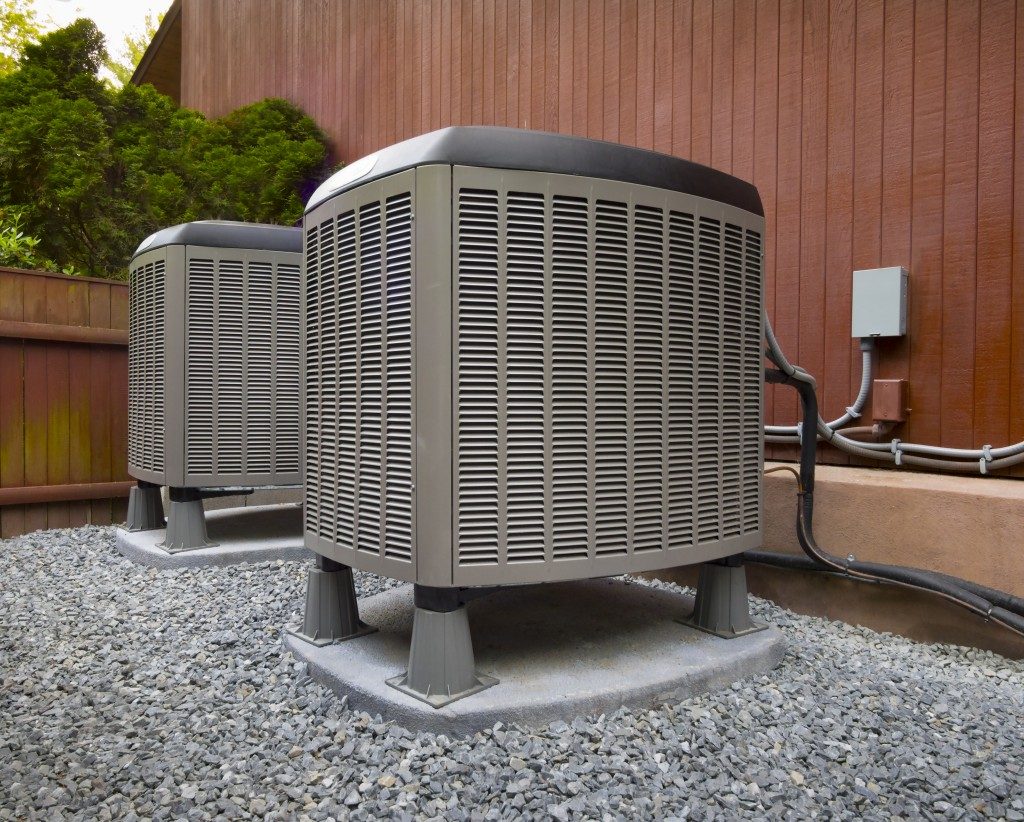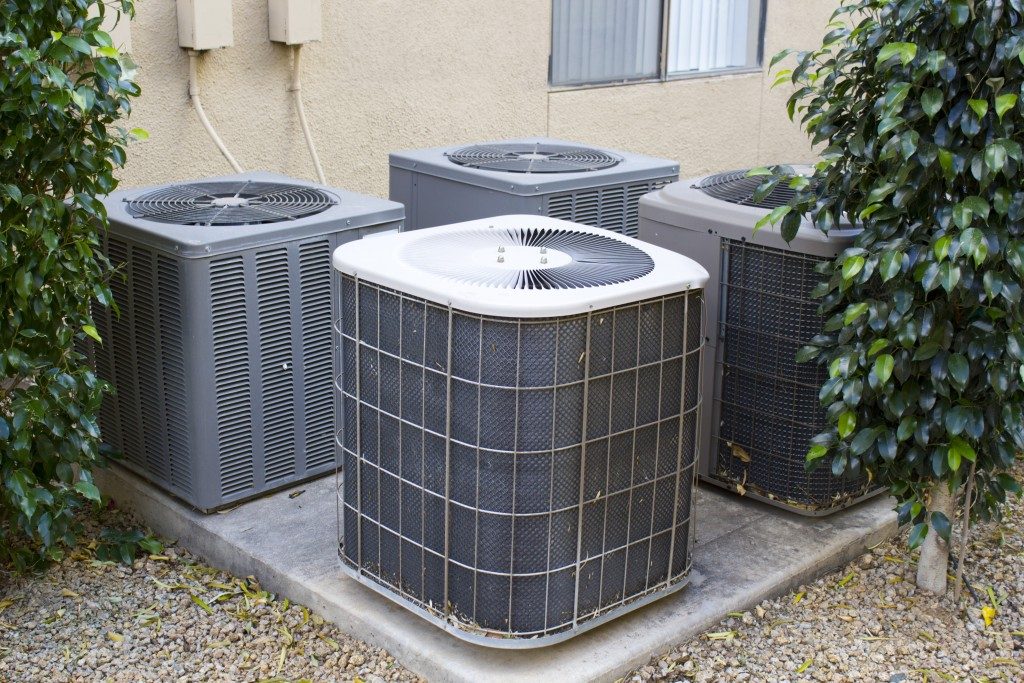Installing central air conditioning on your property will be one of your most significant investments. When people think of air conditioning, they assume this means tearing down your walls to install the systems. In the past, the only alternatives for those who were not so keen on breaking down walls for their HVAC’s installation were window-mounted units.
These are nonetheless often inefficient and noisy. One of the best options for you lies in a split AC system. The split systems installed by an AC service based in Knoxville, TN comprise two distinct units rather than the all-in-one window variety.
They are cost-efficient and have a quiet operation. People erroneously assume that split AC units are easy to install and most will opt for a DIY installation. Many things can, however, go wrong since experts focus on a few key aspects to guarantee the optimal operation of a split AC unit.
Here are some of these aspects.
The right tilt on your indoor unit
The indoor unit is not merely propped on a wall that can hold its weight. It is essential that while fixing your aluminum wall brackets for the installation of a unit, the brackets should have a slight tilt angle. This way, when the indoor part of your unit is installed, it will also have a slight tilt.
This enables the unrestricted flow of the water from your drain pipe.
Proper Indoor Unit Spacing and Height
There should be space between your unit and the wall it is installed on to allow for adequate airflow. The recommended distance is not less than 15cm. The unit should also be placed about 7 feet to 8 feet above the room to allow for sufficient cooling of the room.
Proper Location and Placement of the Outdoor Unit
The outdoor unit should be located away from direct water and sunlight to guarantee adequate cooling. This unit should also be in a space free from hindrances so that the condenser can freely dissipate its heat.
The outdoor part of a split AC unit contains the condenser, fan motor and compressor and should thus be placed on a flat surface. This averts an excess vibration that will cause the breakage of the unit’s copper pipes, compressor and condenser damage and coolant leakage.
Proper Distance between the Outdoor and Indoor Units

Getting the correct distance between your indoor and outdoor units plays a crucial role in the cooling of your property. The coolant for your system will flow inside the pipes between your outdoor and indoor units, and there will be some loss of cooling as it travels this distance.
To reduce the loss of the refrigerant’s cooling power, the distance between the indoor and outdoor units should be kept to a minimum. The maximum permissible distance between these two parts is fifteen meters.
The above are only a few of the guidelines expert split AC installers will aim to adhere to. The specific ones will largely depend on the orientations of your property and indoor cooling and heating needs and the climate.
Opting for DIY installation might thus become the chief mistake that leads to high air conditioning expenses and inefficient cooling and heating.

